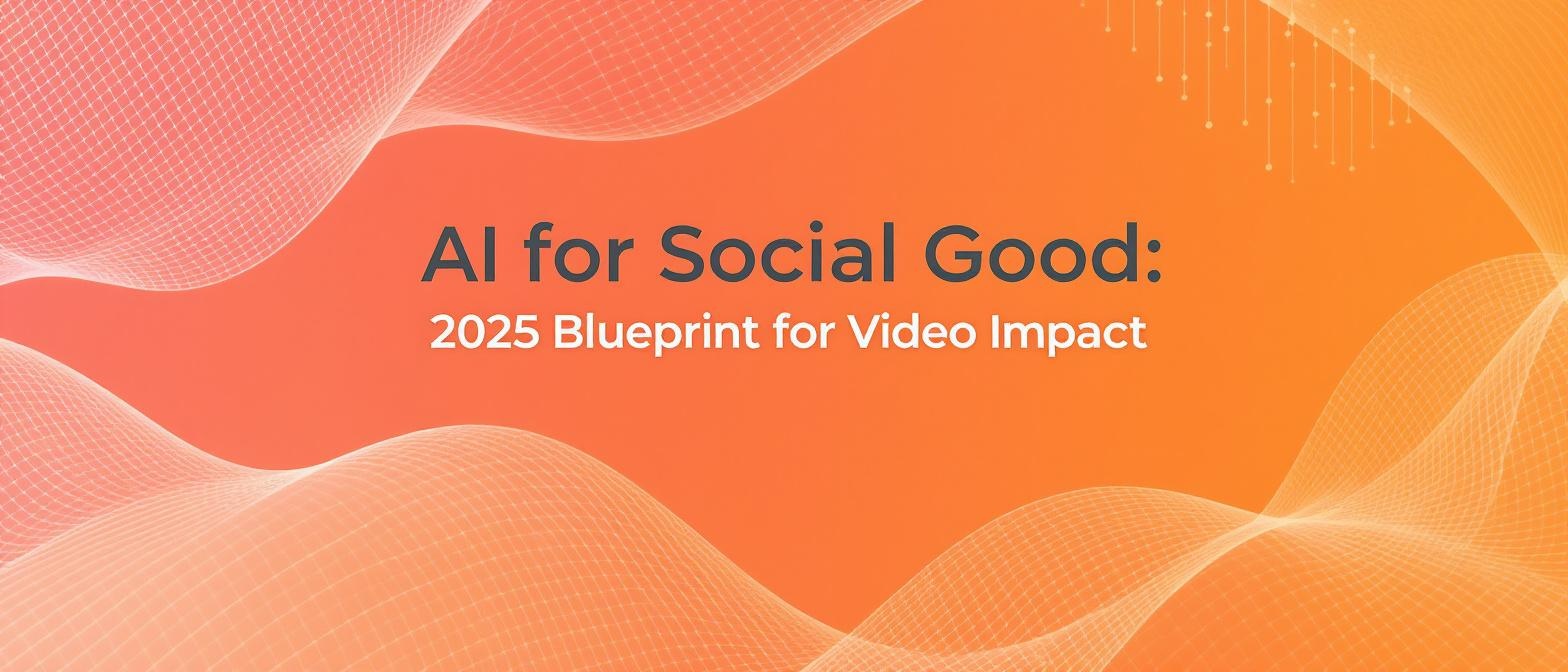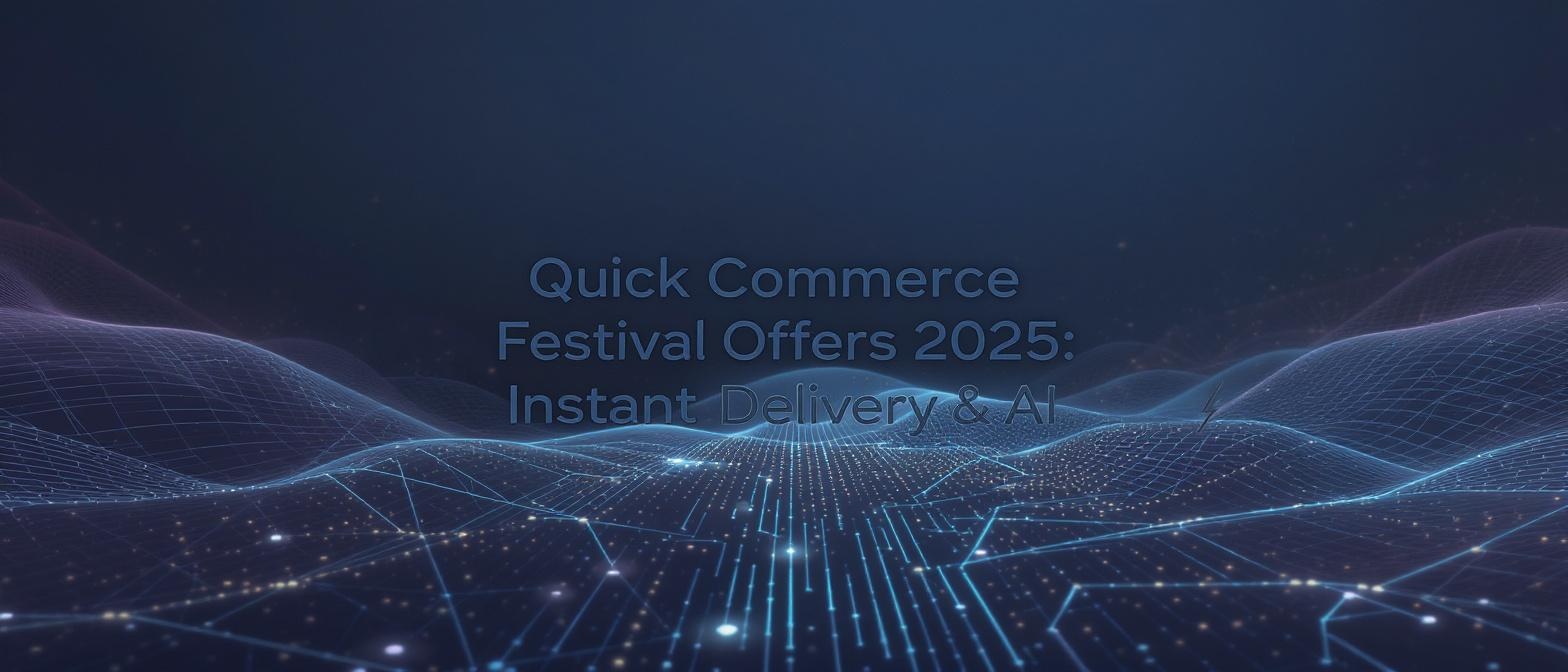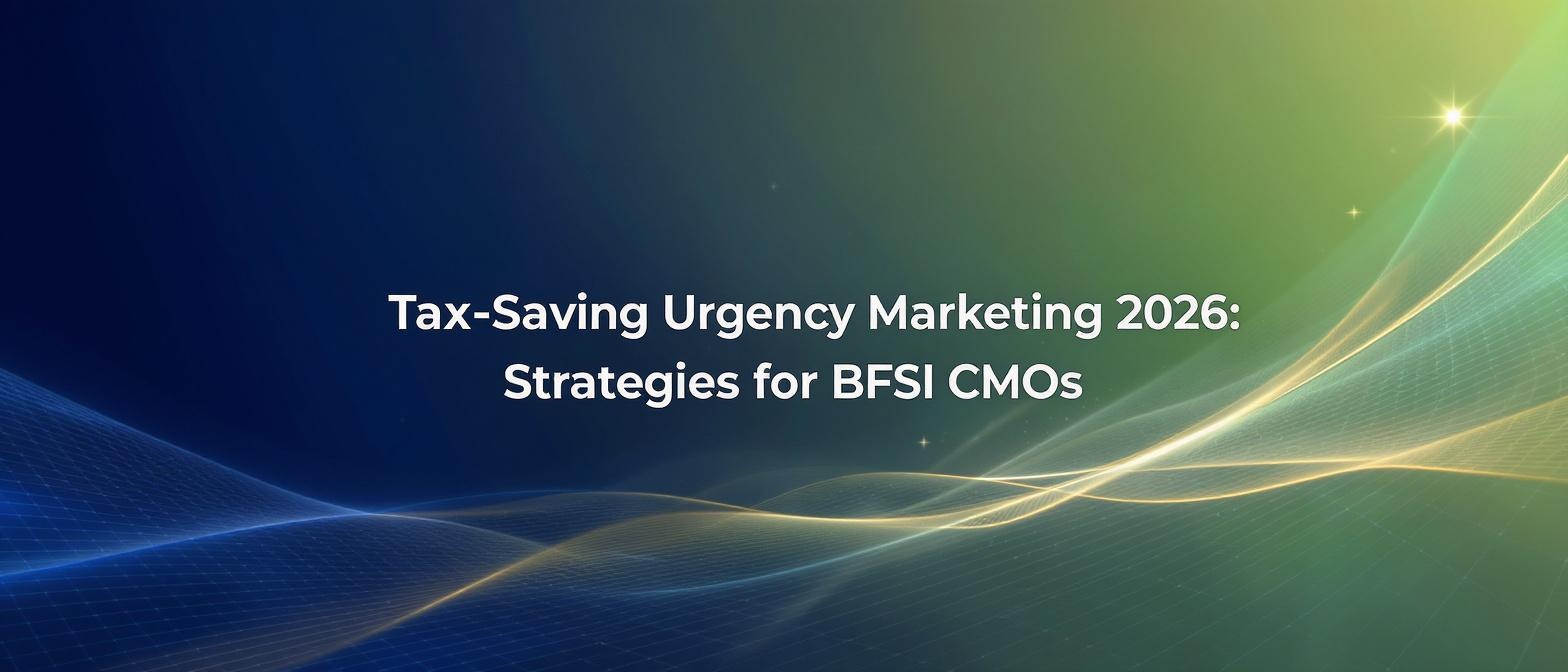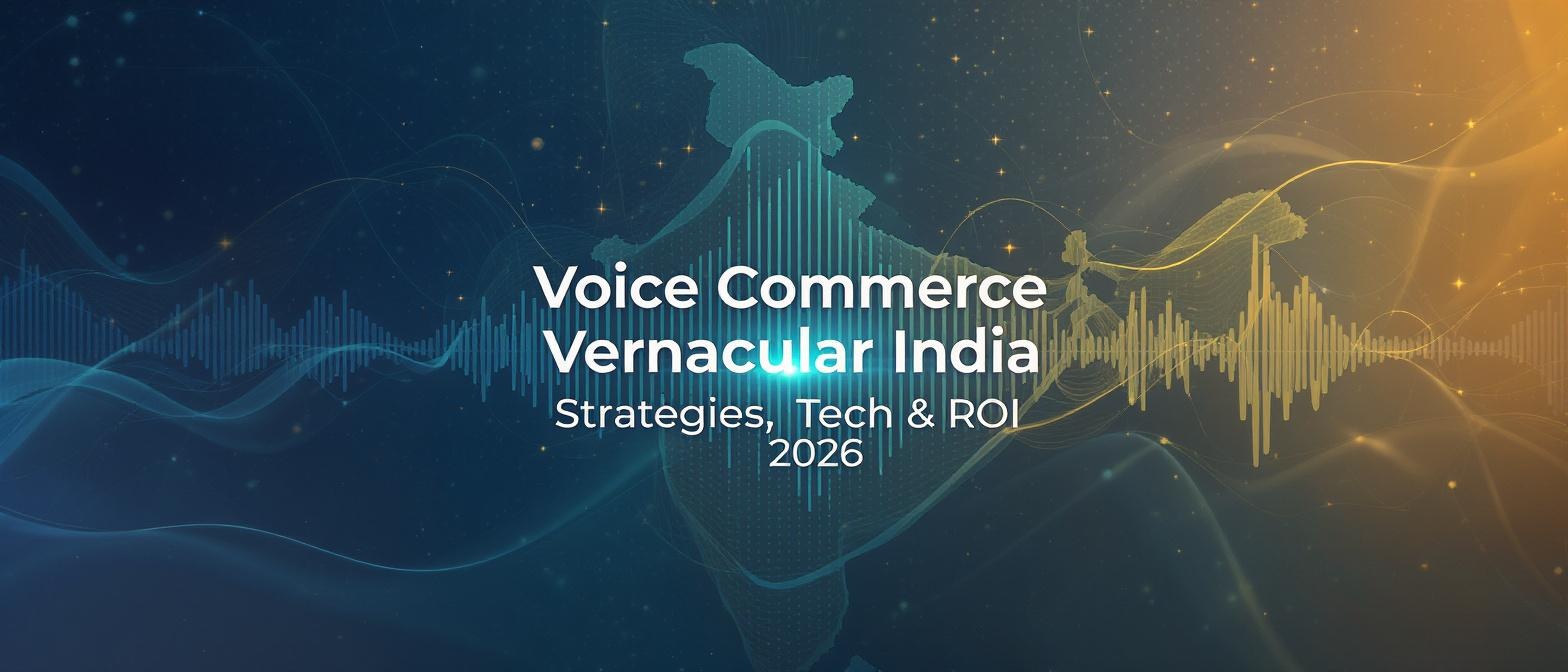AI for Social Good: A 2025 Blueprint for Impactful Video Content
Estimated reading time: 10 minutes
Key Takeaways
- AI is shifting from corporate spaces to social good applications, offering nonprofits new opportunities.
- Ethical AI video generation can deliver critical messages in multiple languages efficiently.
- Organizations must maintain trust and transparency when leveraging AI content.
- ROI should be measured in mission impact, not just cost or time savings.
Section 1: Reimagining Connection: The Challenge of Digital Empathy at Scale
The primary challenge for social impact organizations isn’t just disseminating information; it’s fostering genuine connection and trust across vast, fragmented, and multilingual audiences. Competitors often frame this as a simple “language barrier,” but the true obstacle is achieving digital empathy at scale. It’s about ensuring that a critical health message in a rural village or an educational module for a displaced community feels as personal, clear, and trustworthy as if it were delivered by a local leader. Standard communication methods—text-heavy websites, generic social media posts, and costly, slow-to-produce video content—often fail to bridge this empathetic divide.
The statistics paint a clear picture of this challenge and the impending AI-driven solution. While 58% of nonprofits have started using AI in their marketing, many are still grappling with how to use it for deep, narrative-driven communication. Furthermore, with the global AI market projected to soar past $600 billion by 2025, the technological capacity is rapidly outpacing the strategic implementation within the social sector. This creates a risk of being left behind, unable to compete for attention and funding in an increasingly digital world. The core issue is that traditional video production is a bottleneck—it’s expensive, requires specialized skills, and localizing it for different languages and cultural contexts can multiply costs and timelines exponentially. This bottleneck prevents organizations from being agile in their response to crises, educational needs, and community outreach, ultimately limiting their impact.
Section 2: The New Wave of Innovation: Ethical AI and Accessible Solutions
Overcoming the challenge of digital empathy requires a new class of tools designed for accessibility, scalability, and ethical integrity. The innovation isn’t just about generating video; it’s about democratizing the ability to create high-quality, trustworthy content that can be localized in an instant. This is where the latest advancements in AI video generation are making a transformative impact, moving beyond simple automation to become true partners in communication. These technologies are breaking down the traditional barriers of cost, time, and complexity that have long held nonprofits back.
The key lies in platforms that prioritize both technical excellence and ethical application. For instance, the ability to convert a single script into a video with a photorealistic avatar, perfectly lip-synced in dozens of languages, is a monumental leap. It means a single communications officer can now do the work that once required an entire production and localization team. Platforms like Studio by TrueFan AI enable organizations to achieve this by providing a self-serve portal where anyone can become a video creator. This is powered by sophisticated AI that handles the complexities of voice cloning, lip-syncing, and avatar rendering, turning a simple text script into a professional-grade video in minutes. The technical innovation here is the seamless integration of multiple AI models—a text-to-speech engine, a voice-cloning algorithm, and a video synthesis network—all working in concert to produce a coherent and naturalistic final product, accessible through a simple, browser-based interface.
Section 3: The Playbook for Impact: An Advanced Implementation Framework
Adopting AI video generation requires more than just access to a tool; it demands a strategic framework that aligns the technology with your organization’s core mission. A scattergun approach will yield mediocre results. Instead, a phased, mission-centric model ensures that every video created serves a purpose and delivers measurable impact. Here is a practical framework that organizations can follow:
Phase 1: Foundational Content Audit & Strategy (Weeks 1-2)
- Identify Core Messaging: Pinpoint 3-5 of your most critical, evergreen messages. These could be your organization’s mission, a specific program explanation, a public health advisory, or a recurring fundraising appeal.
- Define Target Audiences & Languages: For each message, map out the primary and secondary audiences. Document the languages and dialects they speak. This is where you leverage deep community knowledge.
- Establish a Baseline: Analyze the performance of your existing content. What are the engagement rates on your current videos or text-based posts? This data will be your benchmark for measuring ROI later.
Phase 2: Pilot Program with a Self-Serve Platform (Weeks 3-4)
- Select an Accessible Tool: Choose a platform that is built for ease of use and scalability. For example, Studio by TrueFan AI’s 175+ language support and AI avatars make it an ideal candidate for this phase. The low entry cost (starting at ₹2,999/month) minimizes financial risk.
- Create Your First Video Set: Take one of your core messages from Phase 1. Write a concise script (100-150 words). Using the platform, generate this video with a suitable AI avatar (e.g., selecting an avatar that aligns with the target demographic).
- Localize and Test: Instantly generate variations of this video in the top 3-5 languages you identified. The key here is speed. What used to take months can now be done in an afternoon.
- Deploy on a Single Channel: Release these localized videos on one primary channel (e.g., WhatsApp, a specific Facebook page, or an email newsletter) to a small, controlled segment of your audience.
Phase 3: Measure, Iterate, and Scale (Weeks 5-8)
- Analyze Engagement: Track metrics like view-through rate, click-through rate, and audience comments. Are viewers in different language groups responding positively? Use the platform’s analytics or the social channel’s native tools.
- Gather Qualitative Feedback: Reach out to community leaders or a small sample of the target audience. Does the AI-generated video feel authentic? Is the message clear? Use this feedback to refine your scripts and avatar choices.
- Develop a Content Calendar: Based on the success of your pilot, build a scalable content calendar. Plan for A/B testing different scripts, calls-to-action, and even different avatars for the same message to optimize performance.
- Expand and Integrate: Start rolling out AI-generated videos across all relevant channels and for other core messages. Integrate the process into your standard communications workflow, empowering regional teams to create their own localized content using the central platform.
Section 4: The Unspoken Hurdle: Overlooking Trust and Data Privacy
While the potential of AI is immense, a headfirst dive without considering the ethical implications can be perilous, especially for organizations built on trust. A significant challenge that competitor analyses often miss is the “human connection” dilemma. Donors, volunteers, and beneficiaries need to feel that they are interacting with an organization that values them, not just an automated machine. A 2024 survey revealed that while many donors are neutral about AI, 31% would donate less if they knew AI was being used in a way that felt impersonal or deceptive. This highlights a critical, often overlooked consideration: the responsible and transparent use of AI is paramount to maintaining credibility.
The solution is not to hide the use of AI, but to embrace a “glass box” approach. This means being transparent about how and why you are using AI-generated content. For example, a simple disclaimer like, “We use AI avatars to bring you important updates in your native language, allowing us to invest more of your donations directly into our programs,” can transform skepticism into appreciation. Furthermore, data privacy is a non-negotiable cornerstone of ethical AI. Organizations must ensure their chosen platforms are compliant with regulations like GDPR and hold certifications like ISO 27001. This guarantees that any data used to personalize or generate content is handled with the utmost security, protecting both the organization and its community. The focus must shift from merely creating content to creating content that fortifies, rather than erodes, the foundation of trust you have painstakingly built. For a deeper dive into responsible AI, Harvard offers key principles for organizations to follow in their responsible AI framework.
Section 5: Beyond Vanity Metrics: Calculating the True ROI of AI Video
For social impact organizations, Return on Investment (ROI) is not just about financial gain; it’s about Return on Impact. The effectiveness of AI video cannot be measured by views alone. It must be tied to tangible, mission-aligned outcomes. The competitor’s vague mention of “cost reduction” barely scratches the surface. A more robust framework involves looking at AI’s role in both strategy (predictive) and execution (generative) to calculate a holistic ROI.
A practical framework for measuring this is the Impact Amplification Ratio (IAR). It’s a simple calculation:
IAR = (Cost of Traditional Method / Cost of AI Method) x (Engagement Rate of AI Video / Engagement Rate of Traditional Content)
Let’s break this down with a real-world example. Suppose a nonprofit traditionally spent $5,000 to create and translate a single video for three languages. With an AI platform, the cost is $200 for the same output. The traditional video had an engagement rate of 2%. The new, localized AI videos have an average engagement rate of 6% because they reach audiences in their native language.
- Cost Ratio: $5,000 / $200 = 25x
- Engagement Ratio: 6% / 2% = 3x
- Impact Amplification Ratio (IAR): 25 x 3 = 75x
This 75x IAR provides a powerful, data-backed narrative for stakeholders and grantors. It demonstrates that the organization is not just saving money but is also achieving a significantly higher level of community connection and message penetration per dollar spent. Solutions like Studio by TrueFan AI demonstrate ROI through this dramatic reduction in production costs and timelines, combined with the engagement uplift from its high-quality, multilingual video output. This allows organizations to reallocate precious resources from content production to direct, on-the-ground action, truly amplifying their impact.
Section 6: The Horizon Ahead: Future-Proofing Your Social Impact Strategy
The landscape of AI for social good is not static; it’s a dynamic frontier of constant innovation. Looking toward 2025 and beyond, several emerging trends will redefine what’s possible. Organizations that anticipate and prepare for these shifts will be best positioned to lead and innovate. The competitor’s future outlook was generic; a forward-looking strategy requires a more granular understanding of what’s next.
One of the most significant trends is the move towards hyper-personalization at scale. Imagine an educational platform where an AI tutor not only speaks the student’s language but also adapts its teaching style and examples based on the student’s real-time progress and cultural context. This level of personalization, which is currently being developed, can dramatically improve learning outcomes. A 2025 report on AI in education already shows that AI-powered learning can lead to 54% higher test scores.
Another key development is the convergence of multimodal AI. Soon, creating a video will be as simple as providing a link to a research paper, a set of images, or a podcast audio file. The AI will be able to synthesize these varied inputs into a coherent, engaging video narrative, complete with a virtual presenter, animations, and localized subtitles. This will further reduce the creative friction for resource-strapped teams.
To prepare for this future, organizations should focus on two key areas now:
- Data Literacy: Begin building a culture of data collection and analysis. The more you understand your audience’s needs and preferences now, the better you’ll be able to leverage hyper-personalization tools later.
- Workflow Integration: Start integrating AI tools into your daily operations. By mastering today’s script-to-video platforms, your team will build the skills and agility needed to adopt more complex multimodal systems seamlessly when they become available.
Conclusion
We are at a watershed moment for social impact. The integration of artificial intelligence is no longer a futuristic concept but a present-day reality that offers an unprecedented opportunity to scale mission-driven communication. As we’ve explored, the true power of AI for social good lies not in the novelty of the technology itself, but in its ability to solve the fundamental challenges of connection, accessibility, and resource allocation. By moving beyond generic discussions and adopting a concrete implementation framework, organizations can unlock a new echelon of impact. The competitor’s content showed what was possible; this guide has shown you how to achieve it.
The journey begins by reframing the challenge as one of digital empathy, choosing ethical and accessible platforms, and committing to a strategy of piloting, measuring, and scaling. It requires a proactive stance on trust and transparency, ensuring that technology amplifies, rather than diminishes, your human connection. Finally, by adopting a robust ROI model like the Impact Amplification Ratio, you can articulate the profound value of AI in terms that resonate with funders and stakeholders alike.
The path forward is clear. Start small with a foundational content audit. Run a pilot program to test and learn. Embrace the tools that are democratizing creation and empowering your team. By taking these deliberate, strategic steps today, you can harness the transformative power of AI video to build more informed, engaged, and equitable communities tomorrow.
Frequently Asked Questions
How can we ensure an AI-generated video doesn’t feel robotic or impersonal?
The key is a high-quality script and the right avatar. A script written in a natural, conversational tone will translate much better than formal text. Additionally, choose an AI avatar whose appearance and demeanor align with your message and target audience. Modern platforms use advanced voice synthesis to add natural inflections, but the authenticity of the underlying message remains crucial.
What is the biggest mistake nonprofits make when first using AI video?
The most common mistake is focusing on the technology instead of the story. Many organizations get excited about the novelty of AI and create a video for its own sake. The most successful AI videos are those that serve a clear purpose within a broader communications strategy—whether it’s to educate, fundraise, or build community—and tell a compelling, human-centric story.
Are there ethical concerns with using AI avatars of real people?
Yes, this is a critical consideration. Ethical platforms only use AI avatars of real actors or models who have given explicit, informed consent and are compensated for the use of their likeness. It is crucial to use platforms that prioritize a consent-first model and have a clear ethical framework to avoid the pitfalls of unauthorized deepfakes and to ensure your content is built on a foundation of integrity.
How much technical skill is actually needed to use these platforms?
Very little. The leading platforms are designed as self-serve tools with intuitive, user-friendly interfaces. If you can use a tool like Canva or write an email, you can create an AI-generated video. The process typically involves typing or pasting a script, choosing an avatar from a library, and clicking a “generate” button. The platform handles all the complex technical processing on the backend.
Can we use our own CEO or a specific person as a custom AI avatar?
Yes, many advanced platforms offer custom avatar creation. This involves a one-time video recording session with the individual in a studio. The AI then uses this data to create a photorealistic, licensable digital twin of that person. Studio by TrueFan AI, for example, offers this as an enterprise-level service, allowing organizations to create videos featuring their own leadership or brand ambassadors for a consistent and recognizable presence.
How does AI video generation handle sensitive or complex topics?
This requires a combination of platform features and user responsibility. Reputable platforms have built-in content moderation to filter out hate speech, misinformation, and explicit content. For nuanced topics, the responsibility falls on the organization to write a clear, accurate, and sensitive script. The AI is a tool for delivery; the message’s integrity and accuracy must come from the human creator.





